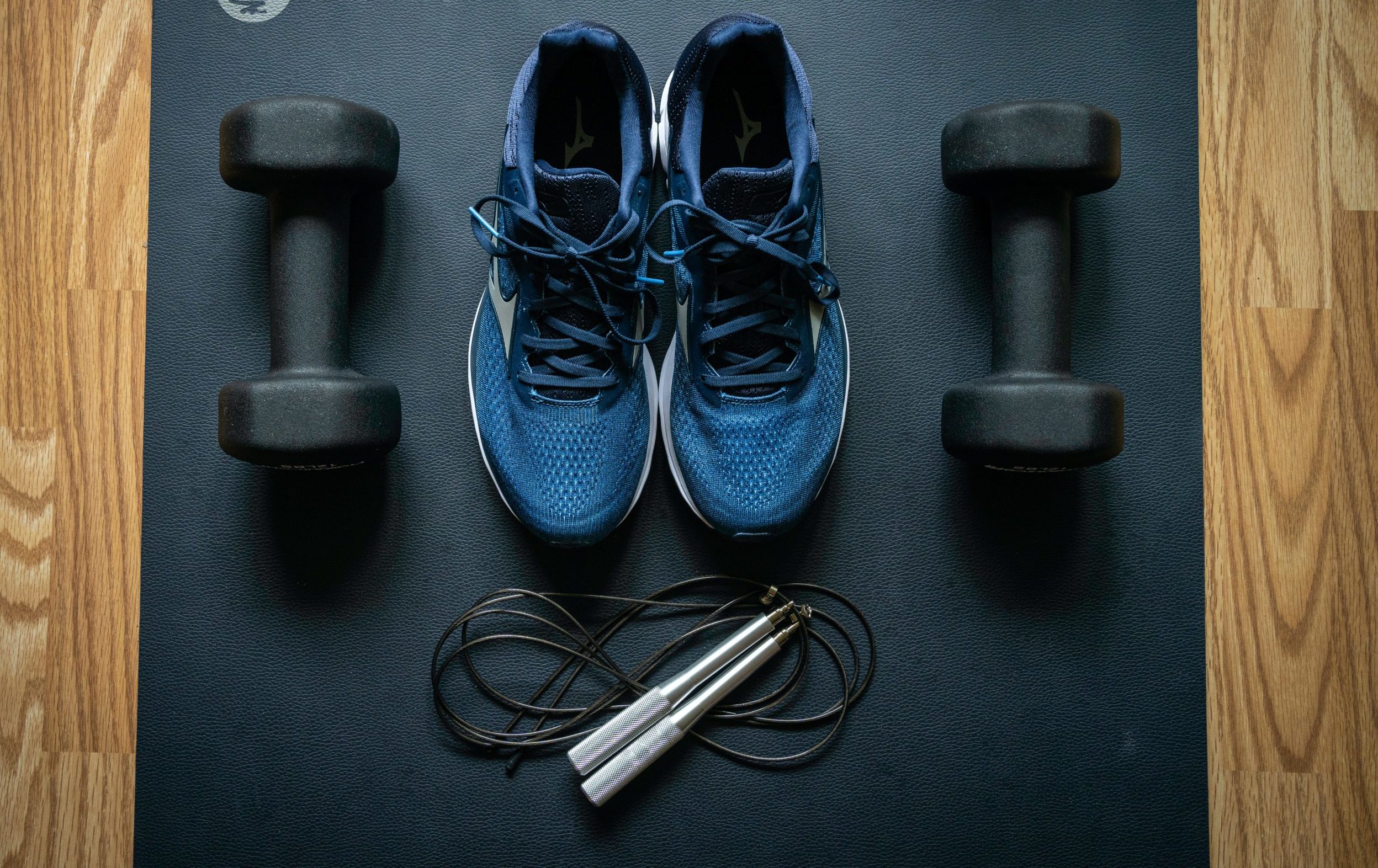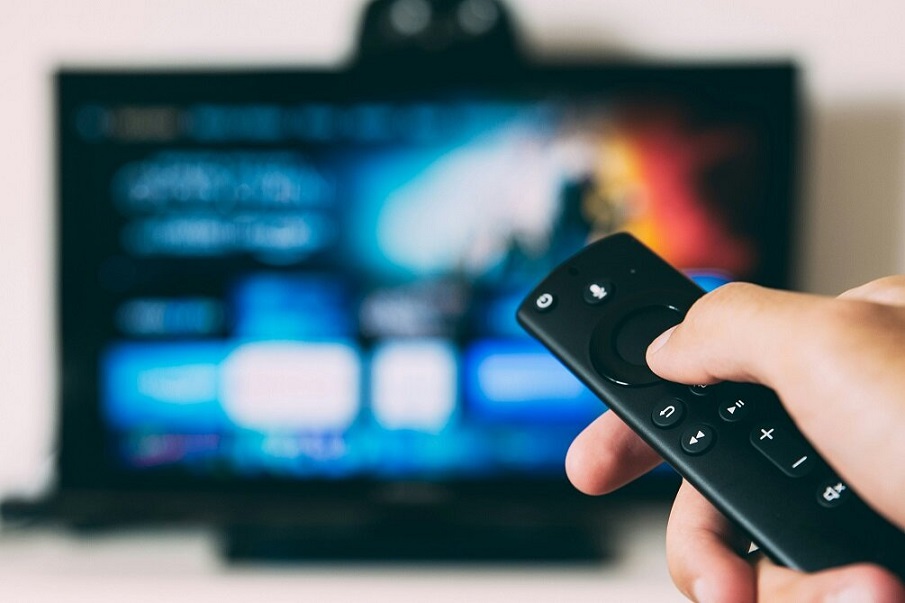The fitness space continues to embrace inclusivity in various ways, with its leaders and influencers promoting everything from body positivity to diverse options for workout routines and diets to accommodate individual needs. Now, the fitness world is continuing to expand its massive online presence with on-demand videos available via YouTube and other apps.
One of the most commonly known names in fitness, NordicTrack is making headlines by adding closed caption services to its online videos on the NordicTrack’s app iFIT.
For many, the addition is long overdue. Access matters when it comes to athletics, fitness and wellness and company leaders who don’t embrace diverse values will see the consequences.
Table of Contents:
- Why Fitness Apps Need Captions
- Fitness is a Particularly Great Concern for Individuals with Disabilities
- The Implications of Online Fitness Accessibility
- Does Peloton have closed captions?
- How do I turn on closed captioning on Peloton?
- Does iFIT have closed captions?
- All fitness platforms should have captions
Why Fitness Apps Need Captions
iFIT and Peloton are popular online platforms where subscribers can take cycling classes, yoga, strength training and more, all from the comfort of their own homes. Without captions, users who are Deaf and hard of hearing can’t access the audio components of fitness videos.
In fact, when all viewers – regardless of disabilities – don’t hear the instructor, they miss motivational speeches, encouragement and worse – instructions that include safety information, such as the proper form to use. Incorrectly performing some exercises can put participants at risk of severe injury.
Adding captions means all fitness buffs and participants with a variety of different needs can enjoy the platform to the fullest extent – and safely. Captioning is a valuable tool for individuals with hearing impairments but also for neurodivergent people, non-native speakers and anyone viewing a video amid background noise or when they can’t play the sound. Captioning, therefore, helps fitness apps reach far broader audiences and engage with them more effectively based on their on-demand, on-the-go needs.
Fitness is a Particularly Great Concern for Individuals with Disabilities
In addition to captions being a nice thing to offer, research shows that Americans with disabilities have statistically higher rates of obesity and other health complications. Those numbers include the Deaf community, which has a 34% obesity rate compared to 24% in the general population.
Among Deaf children, some studies speculate that food can become a coping mechanism. At the same time, these children often face obstacles when participating in sports and other physical activities. According to the CDC, 25.6% of people with disabilities are inactive, which is more than double the rate of inactivity reported for people without disabilities.
Adding captions and other features for greater accessibility can make it possible for people with disabilities to participate in athletics and maintain a healthy lifestyle. Inclusive sports, gyms and apps also offer social perks and improve diversity, which benefits everyone involved.
The Implications of Online Fitness Accessibility
Falling short on accessibility can become a PR nightmare when companies do not address it properly. Peloton recently faced legal backlash for failing to make its app accessible to the Deaf and hard of hearing. The lawsuit alleged that the app lacked closed captioning on at least some of its content. Peloton argued that they were providing captions, but their efforts might not have been enough.
Does Peloton have closed captions?
At the time of the lawsuit, Peloton did already caption its videos. However, there was a lag of about 48 hours after the live classes. Some users believed those efforts fell short. Peloton has since upped its captioning game.
Now, users can turn on Peloton closed captions for on-demand content and activate them for live sessions as well. This feature is great news for many Peloton customers. Not only do closed captions on Peloton accommodate people who are Deaf and hard of hearing, but others use them to ensure they hear the instructor correctly or because they’re keeping the sound off or low. For instance, a new parent sneaking in a workout while their baby is sleeping may use Peloton closed captioning. Also, anyone who likes to work out late but doesn’t want to bother roommates or family members may use captions.
It’s also possible to use subtitles on Peloton. Peloton subtitles differ from captions because they convert the original language into text in another language. For example, when Peloton entered the German market, it added German subtitles to many of its English workout videos. Fortunately, activating either captions or subtitles on Peloton is simple.
How do I turn on closed captioning on Peloton?
To turn on captions or subtitles, users must click on the “settings” tab. Next, scroll to “subtitles.” Users can select the language of their choice for their captions or subtitles. Although captions and subtitles are slightly different, they are both under the same menu.
Turning on subtitles or captions on Peloton’s hardware is a little different. These users can find the Peloton captioning options by accessing their profiles. From there, click preferences, then system preferences and select the subtitles and language tab. In that tab, users can enable captions and subtitles.
There are many other options for fitness videos and streaming. Not all of them have the same accessibility options as Peloton.
Does iFIT have closed captions?
iFIT does have captioning for on-demand fitness videos on its platform. However, iFIT closed captions may not be available for live sessions. To activate iFIT closed captioning, users need to go to their settings and choose “in workout.” Within that tab, at the bottom of the screen, they can select closed captioning and pick their language.
On the iFIT app, there is actually a “cc” button that appears on the screen when you tap it, making it even easier to enable captions.
All fitness platforms should have captions
Other fitness platforms can increase accessibility by following Peloton’s lead and offering captioning for on-demand fitness videos as well as live closed captioning services for streaming classes. Verbit provides captioning for live Zoom videos, YouTube, Vimeo and a variety of other hosting platforms.
As the fitness industry evolves, there are additional areas where lacking captions and other accessibility tools creates barriers. Fitness influencers on social media, for instance, often upload videos without even considering captions. With so many people on social watching videos silently, they’re not only exclusive but missing out on their audience reach. Choosing to add closed captioning to video content helps influencers appeal to wider audiences while also offering people with disabilities a vital tool they need to consume their content.
These influencers can learn from the platforms already taking fitness accessibility seriously. There are creative ways to adapt online classes for people with disabilities aside from just adding captions. One example is Spirit Club, which uses multiple instructors for each class so that viewers can see different ways of performing each move- including variations for individuals in wheelchairs. The site offers closed captioning and has its instructors intentionally use highly descriptive language to aid Blind and visually impaired participants.
Fitness Inclusivity Offline
Accessibility online is a hot topic, especially as the pandemic pushed people to find virtual ways to work, shop and exercise. However, when it comes to brick-and-mortar gyms, there is a need for improved inclusivity – not just accessibility. The gyms that make the effort are seeing a positive business impact.
More than half of fitness centers that strive to include people with disabilities report increased profits as a result. Fortunately, there are some simple ways that gyms can be more inclusive, such as:
- Making wider walkways between fitness equipment
- Including braille instructions on machines
- Featuring people with disabilities in marketing campaigns to make them feel more welcome
- Hiring fitness professionals with certifications and backgrounds dedicated to working with clients with disabilities
Taking these steps and others to make people with disabilities feel welcomed can improve the fitness experience for all members. And with proven business payoffs, implementing an inclusivity plan promises wide-ranging benefits.
Take the Lead on Fitness Inclusivity
The future will likely hold better fitness options for people with disabilities, on and offline. Professionals who take the lead on inclusivity will also benefit from a wider audience, brand loyalty and positive press coverage.
Verbit offers captioning, transcription, audio description and translation solutions so that fitness-focused businesses, among many others, can reach and accommodate the important needs of broader audiences. For more information on where to start to become more inclusive with some small fixes, contact us.




